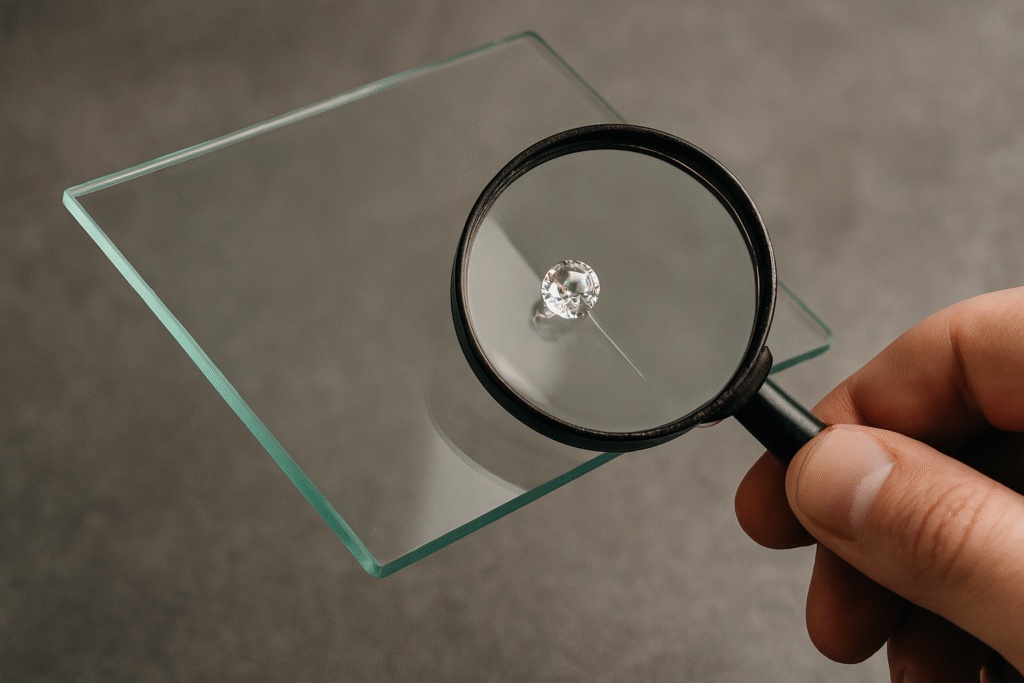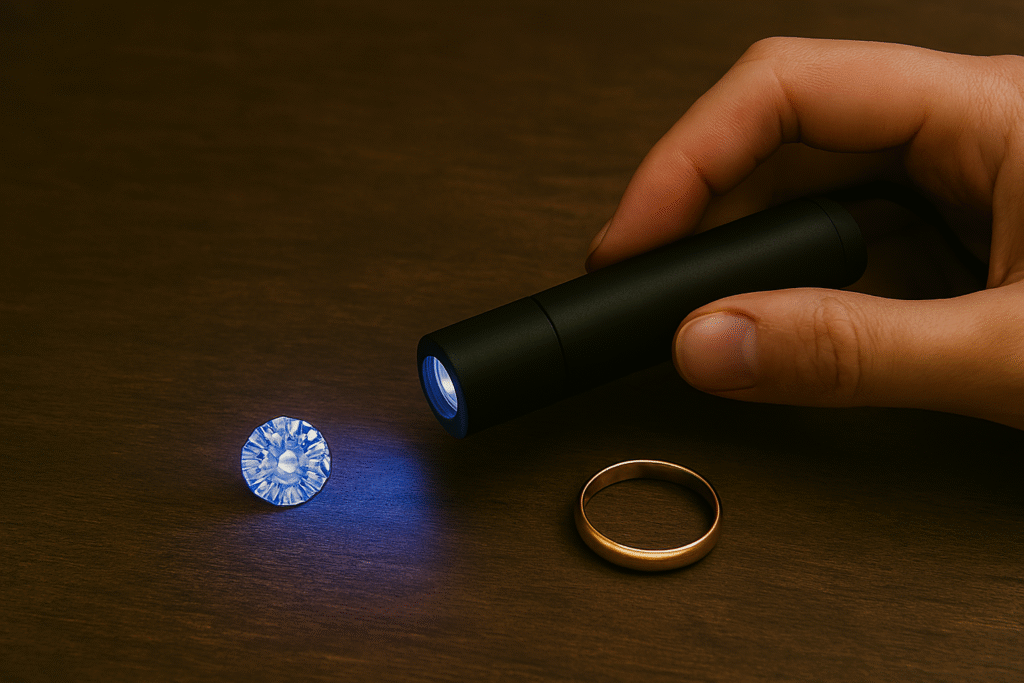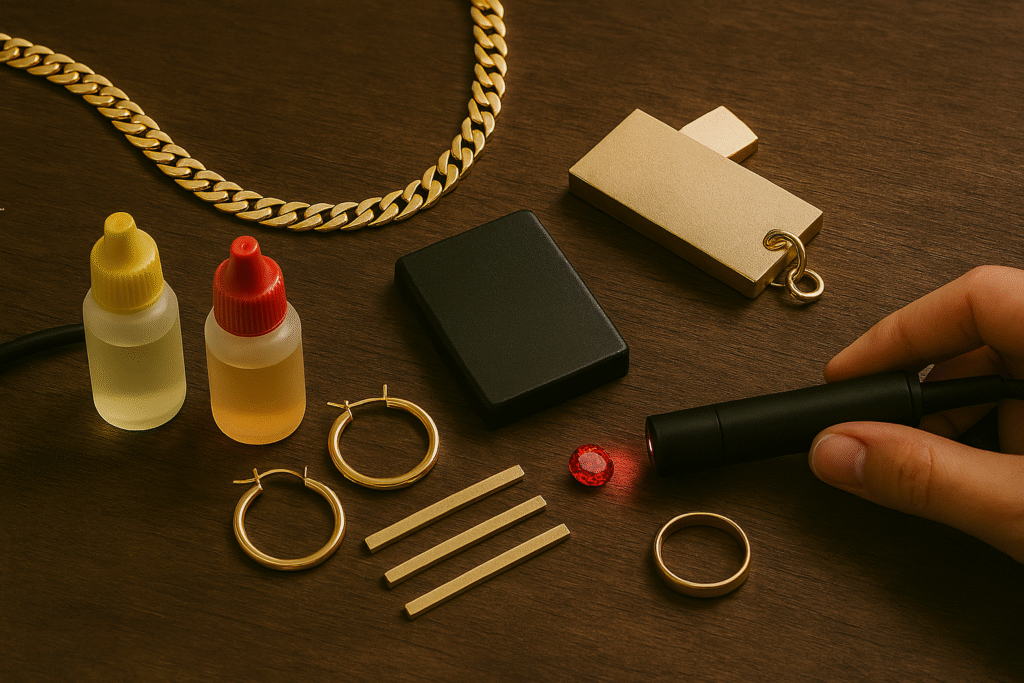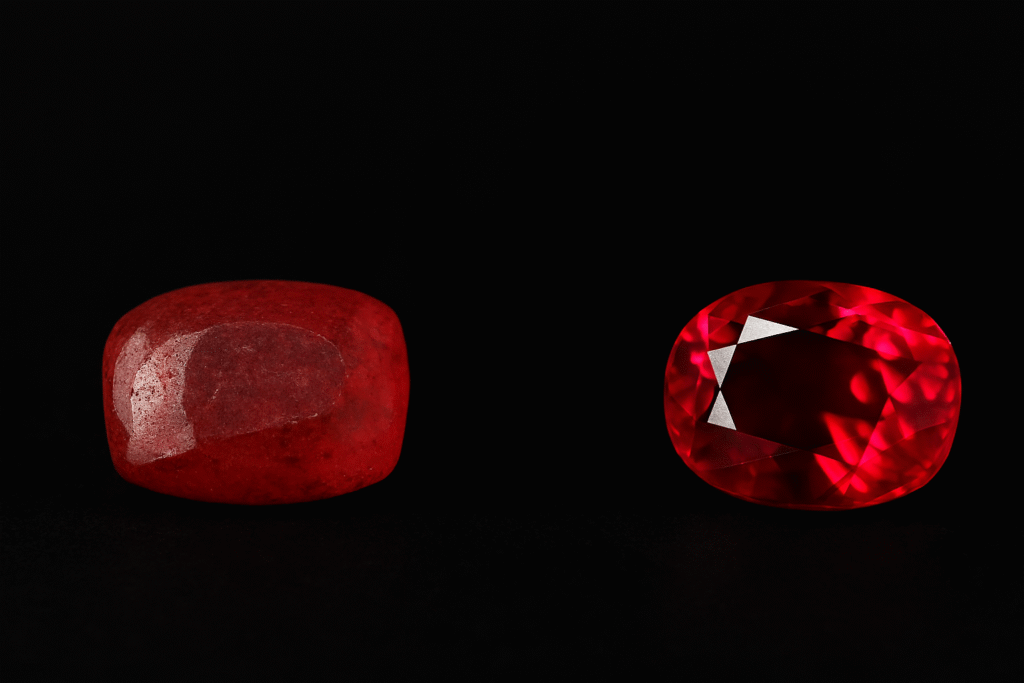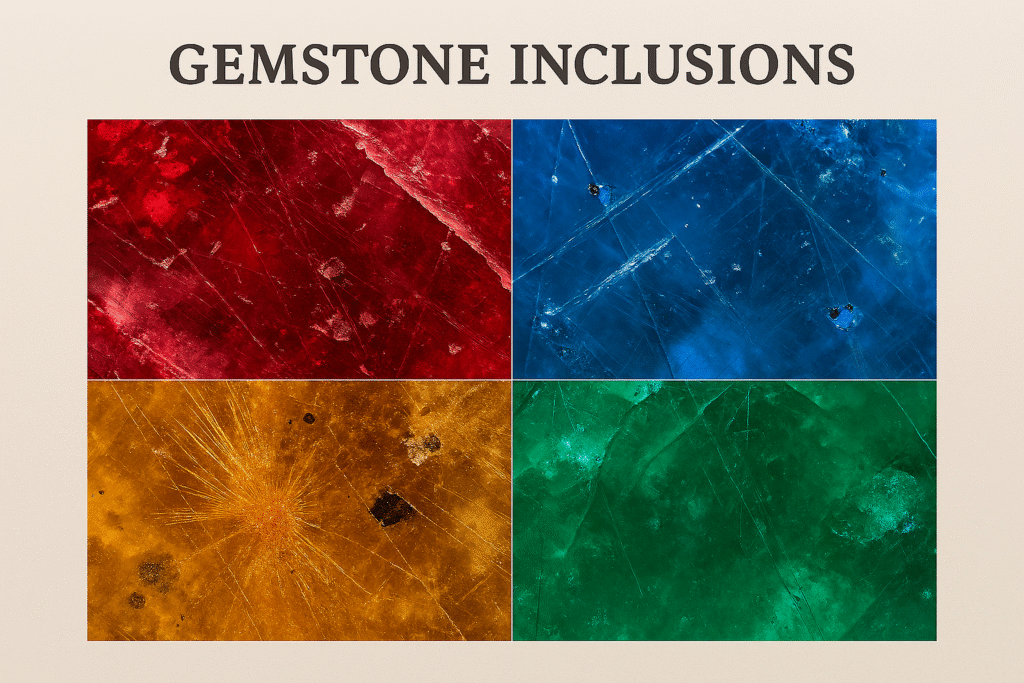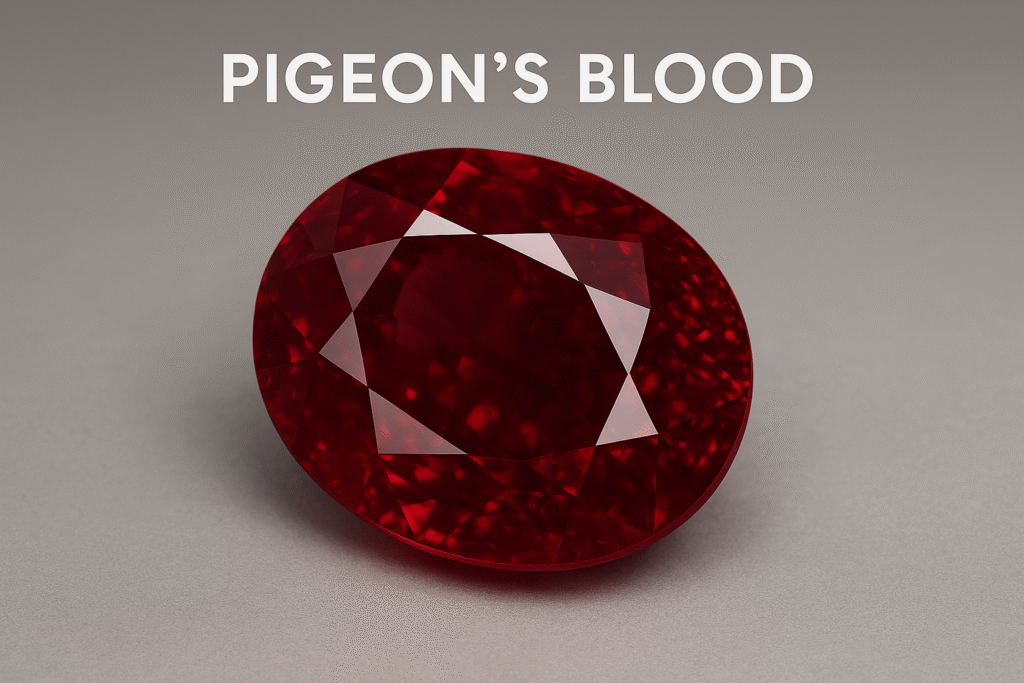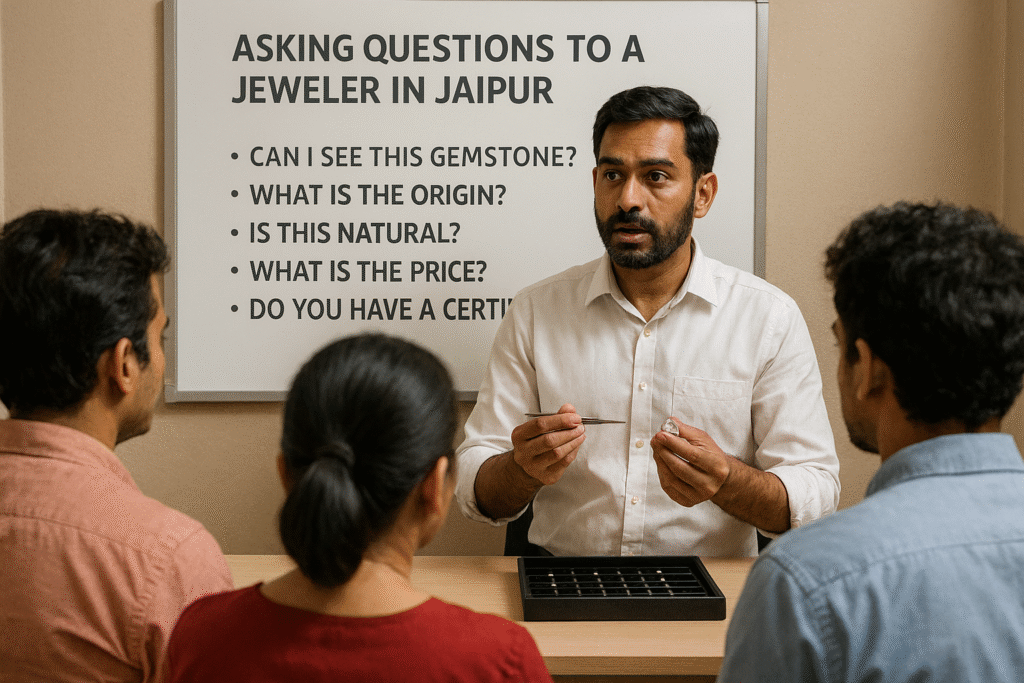If It Scratches Glass, It’s a Diamond — Common Tests That Don’t Work
Many old diamond tests like scratching glass or fogging the stone don’t prove authenticity. Learn why these methods fail and safer ways to test your diamond. You’ve probably heard someone say, “If it scratches glass, it’s a diamond.” That’s one of the most repeated myths in the jewelry world. I’ve explained this countless times to […]
If It Scratches Glass, It’s a Diamond — Common Tests That Don’t Work Read More »

